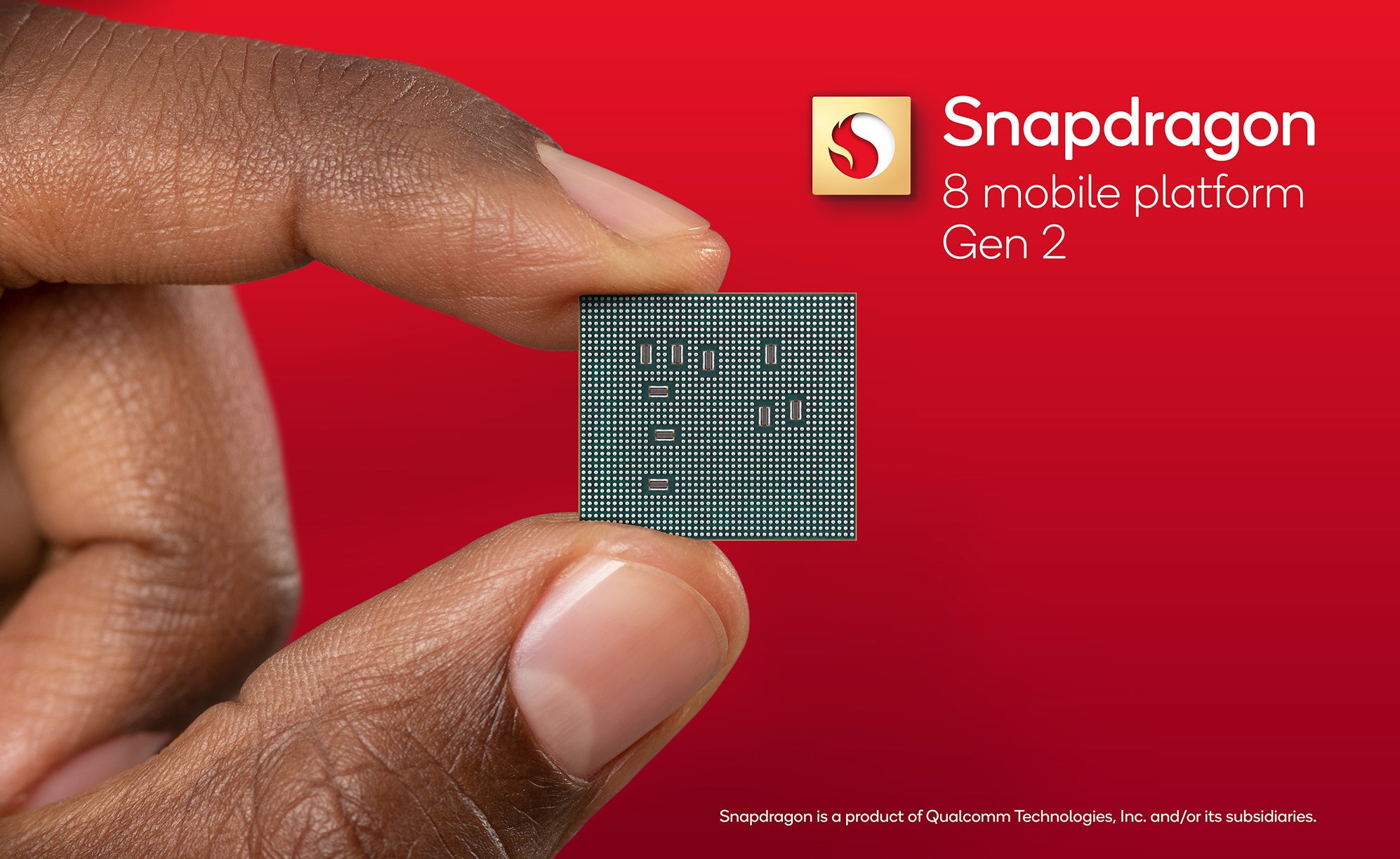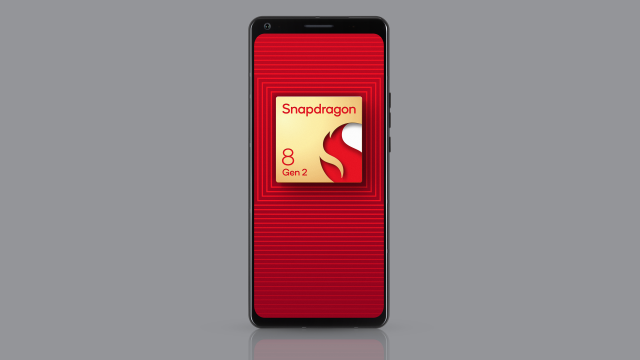Qualcomm has announced its second-generation flagship mobile chip. The Snapdragon 8 Gen 2 will be available in various flagship Android devices as soon as the end of 2022.
Last year, Qualcomm announced a new naming scheme to make it easier to distinguish between its highest-performing chip and its mid-to-budget tiers. The Snapdragon 8 series is the one with the beefiest spec sheet. This year, it’s showcasing an improved Hexagon processor with a larger tensor accelerator for what Qualcomm says is up to 4.35 times increased AI performance. This chip is the first to support INT4, which is Nvidia’s precision AI format. On the gaming front, the 8 Gen 2 boasts an upgraded Adreno GPU with supposedly 25% faster gaming performance and 40% more power efficiency, as facilitated by the Kryo CPU.

The Snapdragon 8 Gen 2 features enhanced AI capabilities. It promises faster processing for multiple languages and custom wake word support. The 8 Gen 2 features built-in support for spatial audio and dynamic head tracking, which will be essential going into the new year as sound-improving wireless buds have become the defacto partner gadget for smartphones. And since router companies are starting to offer Wi-Fi 7-enabled hardware, the Snapdragon 8 Gen 2 already supports the wireless standard. (Mediatek also recently announced Wi-Fi 7 support on its latest mobile processor, so it’s clearly in the zeitgeist.)
Qualcomm is trying its hand at offering native-like AI processing akin to Google’s Tensor. It’s most apparent with its promises for improved photo-taking with the Snapdragon 8 Gen 2. Qualcomm’s Snapdragon Sight platform inaugurates the company’s first Cognitive ISP. Snapdragon Sight helps the camera recognise differences in facial features, hair, clothes, and even the sky to snap a great photo. The Snapdragon 8 Gen 2 also supports new image sensors coming to market, including the Samsung ISOCELL HP3, a 200-MP sensor tuned to this particular chip, and sensors supporting Sony’s new HDR format.
You can expect the new Snapdragon 8 Gen 2 to crop up in future Motorola and OnePlus devices. The jury is still out on whether Samsung will stick with Qualcomm for its Galaxy S23 smartphones next year — Samsung has its chip-making pipeline with the Exynos processor, though it’s hardly ever used in its U.S. releases. Xiaomi, Oppo, and other brands with sales overseas will likely be the first manufacturers to carry the chip by the end of the year. I can’t wait to test the new phones against our current benchmarks archive. And since the Google Tensor doesn’t quite test the same way Qualcomm’s silicon does in synthetic benchmark tests, we’ll start testing things like language translation and image processing to see how the new flagship chips are faring.
